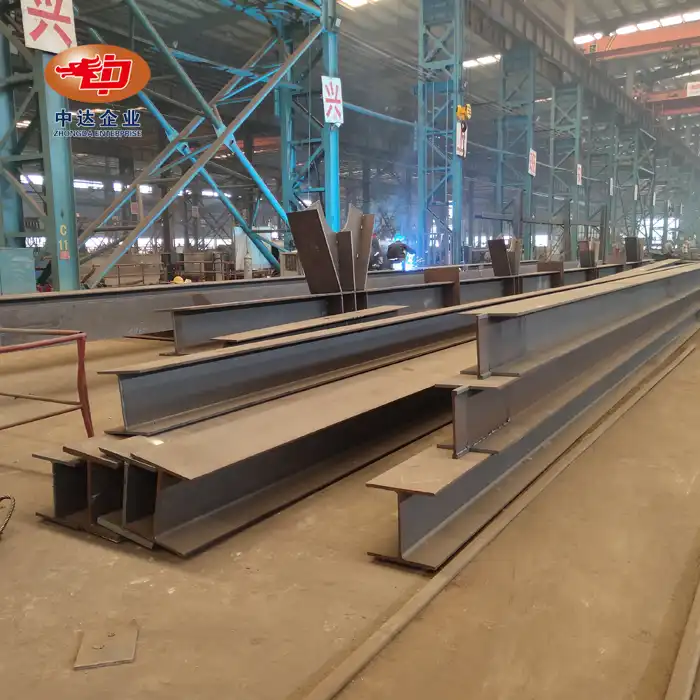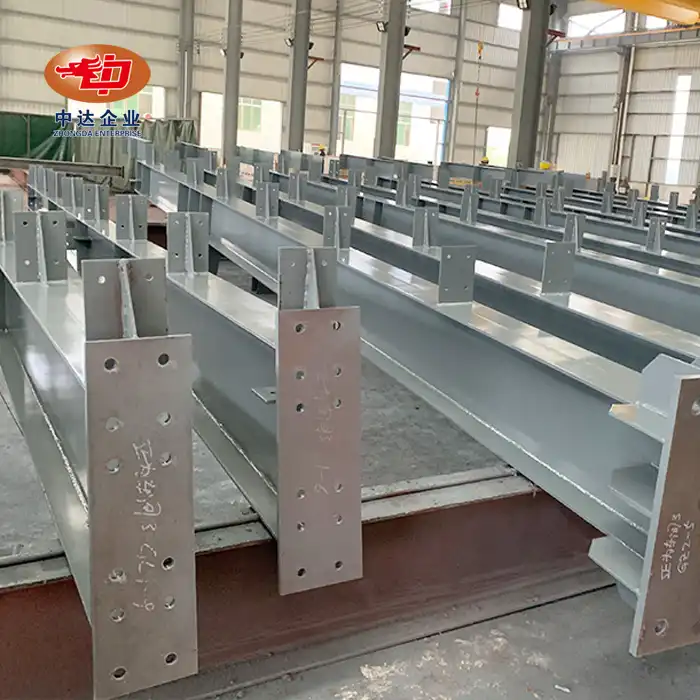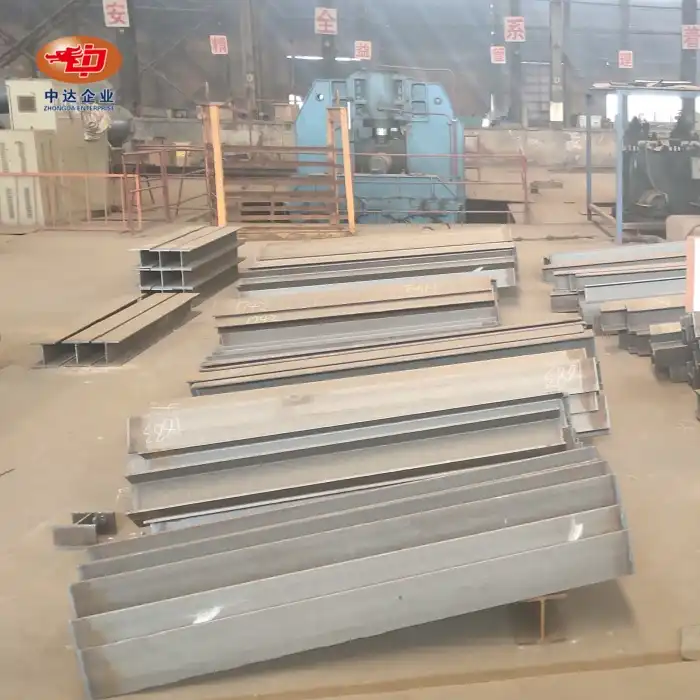The Science Behind Sound Barrier Technology
Understanding Sound Wave Behavior
Sound waves are longitudinal pressure waves that propagate through mediums like air, water, or solids. Their interaction with obstacles depends on the physical properties of the barrier, such as density and surface texture. When encountering a barrier, sound waves may be reflected back, absorbed into the material, or diffracted around edges. A clear understanding of these behaviors is essential for designing effective sound barriers that control noise transmission in diverse environments.
Absorption vs. Reflection: Key Mechanisms of Noise Reduction
Noise reduction through sound barriers primarily relies on absorption and reflection. Absorption transforms sound energy into heat inside porous materials like glass wool, reducing the energy that passes through. Reflection redirects sound waves away from sensitive areas, often facilitated by dense, smooth surfaces. The balance between absorption and reflection effectiveness depends on material composition, thickness, and surface geometry, all of which must be optimized to maximize overall noise attenuation.
The Role of Diffraction in Sound Barrier Efficiency
Diffraction occurs when sound waves bend around the edges of a barrier, which can diminish its noise-blocking effectiveness. To counteract this, modern sound barriers often feature innovative designs, such as curved or jagged tops, that scatter diffracted waves in multiple directions. These features reduce the concentration of sound energy beyond the barrier, enhancing acoustic performance. Manufacturers like Zhongda Steel incorporate such design elements to optimize noise reduction in challenging environments.
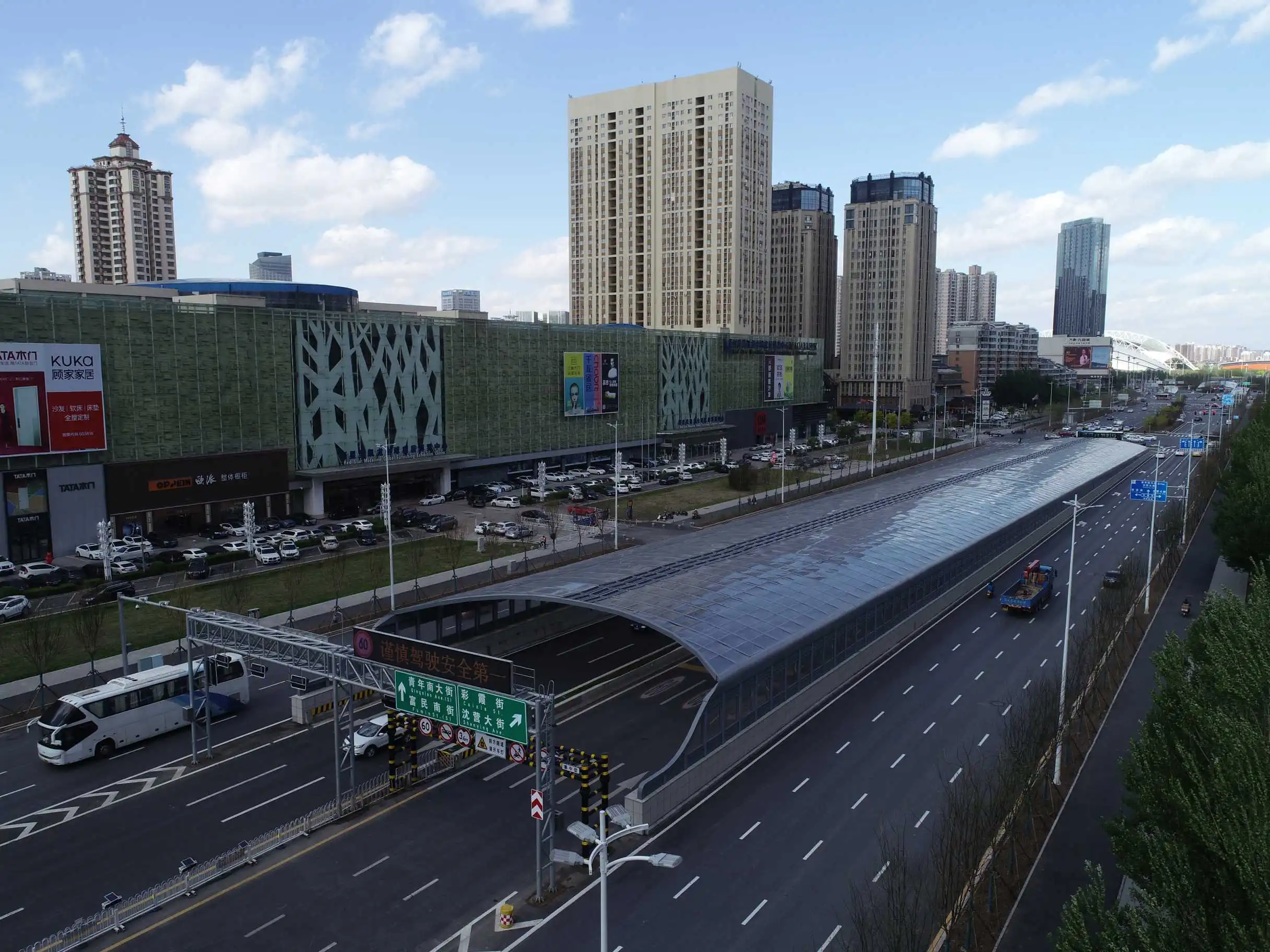
Key Components of Effective Outdoor Sound Barriers
Material Selection: Balancing Acoustics and Durability
Selecting the right materials is essential for constructing outdoor sound barriers that are both effective and long-lasting. High-performance barriers typically use composite structures that merge materials with complementary acoustic and physical properties. For example, Zhongda Steel’s barriers combine a 2mm galvanized steel outer shell with a perforation rate of 23–30% and a dense centrifugal glass wool core. This combination not only maximizes sound absorption but also provides resistance against weathering, corrosion, and mechanical wear.
Structural Design: Maximizing Noise Reduction
The effectiveness of sound barriers depends heavily on their structural design, including dimensions and shape. Height and length are critical factors that determine the extent of noise blockage, with taller and longer barriers offering greater attenuation. Modular designs, such as those by Zhongda Steel, provide flexible configurations from 2 to 6 meters in height, allowing tailored solutions for different environments. Features like arc-top profiles are specifically engineered to reduce wind-induced noise, improving acoustic performance in rail transit and other high-wind applications.
Surface Treatments: Enhancing Acoustic Properties
Surface treatments play a vital role in enhancing a barrier’s sound absorption capabilities. Perforated steel surfaces permit sound waves to enter and interact with the inner absorbing material, like glass wool, thereby increasing noise reduction. The perforation rate, carefully set between 23% and 30%, balances the need for acoustic efficiency with structural strength and durability. Such precision in design ensures the barrier maintains its protective function without compromising longevity or safety.
Advanced Features and Innovations in Modern Sound Barriers
Integration of Smart Technologies
The latest advancements in sound barrier technology include the integration of smart features. Some cutting-edge systems incorporate sensors and real-time monitoring capabilities, allowing for dynamic adjustments to optimize noise reduction based on changing environmental conditions. These intelligent barriers represent the future of noise control, offering unprecedented levels of performance and adaptability.
Sustainable and Eco-Friendly Solutions
As environmental concerns take center stage, manufacturers are developing more sustainable sound barrier solutions. This includes the use of recycled materials, environmentally friendly production processes, and designs that minimize ecological impact. Zhongda Steel, for instance, offers eco-friendly material alternatives and focuses on sustainable manufacturing practices, aligning with global environmental standards.
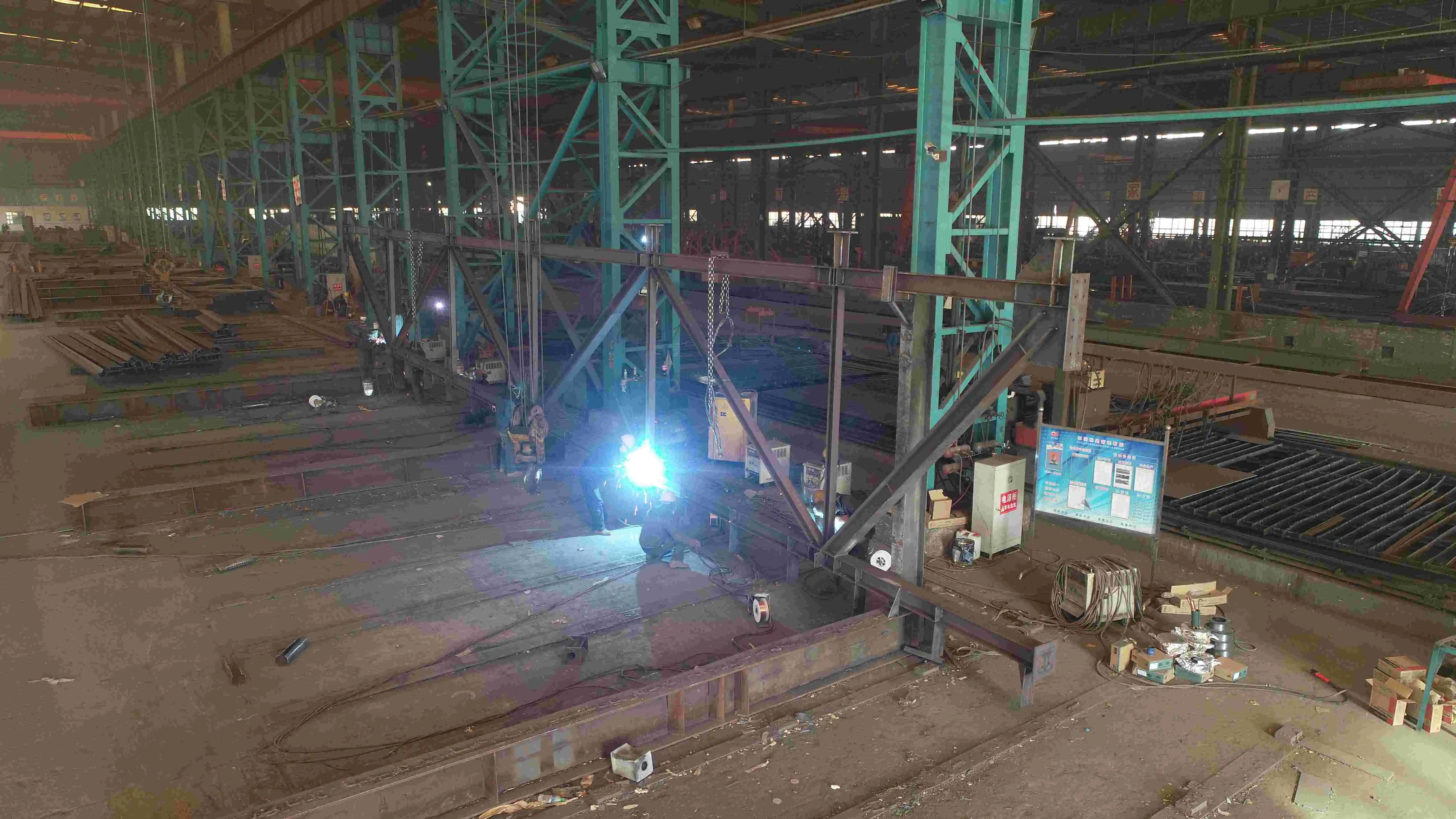
Multi-Functional Barrier Systems
Modern sound barriers are evolving beyond their primary noise reduction role. Multi-functional designs incorporate features such as solar panels, green walls, or artistic elements, serving both aesthetic and practical purposes. These innovative approaches not only reduce noise but also contribute to energy generation, air purification, or urban beautification, maximizing the value of infrastructure investments.
Conclusion
Sound barriers represent a sophisticated solution to the growing challenge of noise pollution in urban and industrial environments. By leveraging advanced materials, innovative designs, and cutting-edge technologies, these structures effectively mitigate noise, enhancing quality of life and protecting sensitive areas from excessive sound levels. As industry leaders like Zhongda Steel continue to push the boundaries of sound barrier technology, we can expect even more efficient, sustainable, and versatile solutions in the future, addressing the complex acoustic challenges of our modern world.
Contact Us
Experience the cutting-edge of noise reduction technology with Zhongda Steel's innovative outdoor sound barriers. Our advanced solutions combine superior performance with customizable designs, ensuring optimal noise mitigation for your specific project needs. From highways to industrial complexes, our barriers deliver unparalleled acoustic performance and durability. Ready to transform your environment? Contact us at Ava@zd-steels.com to discover how our outdoor sound barriers can create a quieter, more comfortable space for your community or business.











